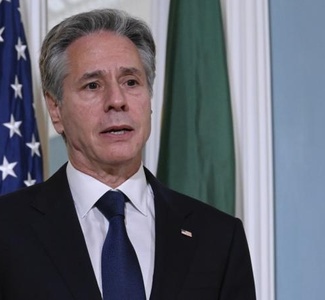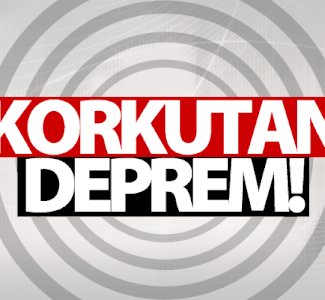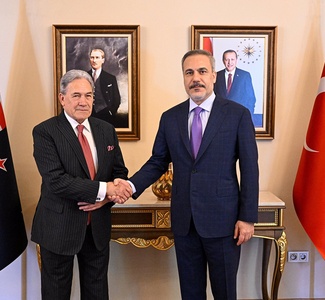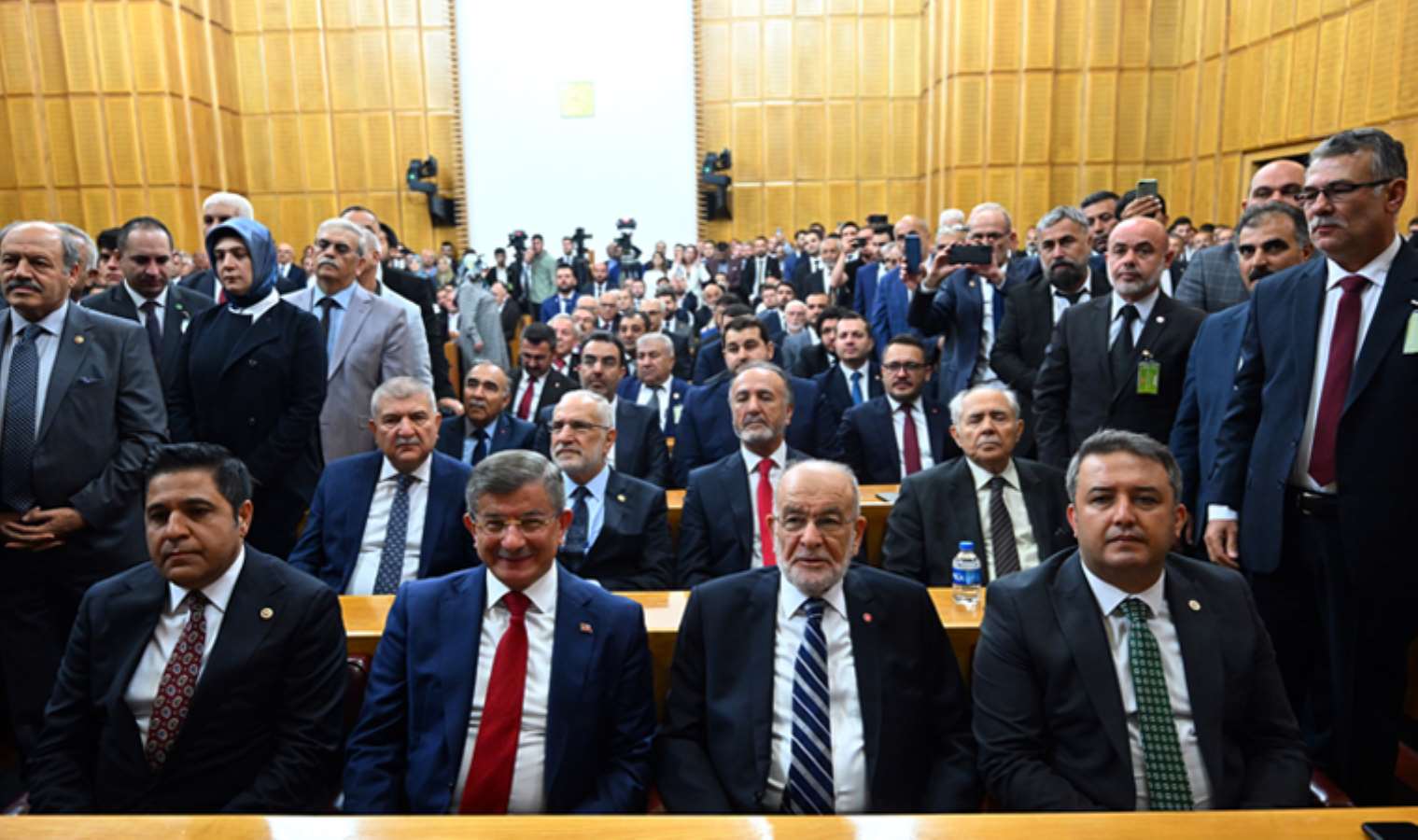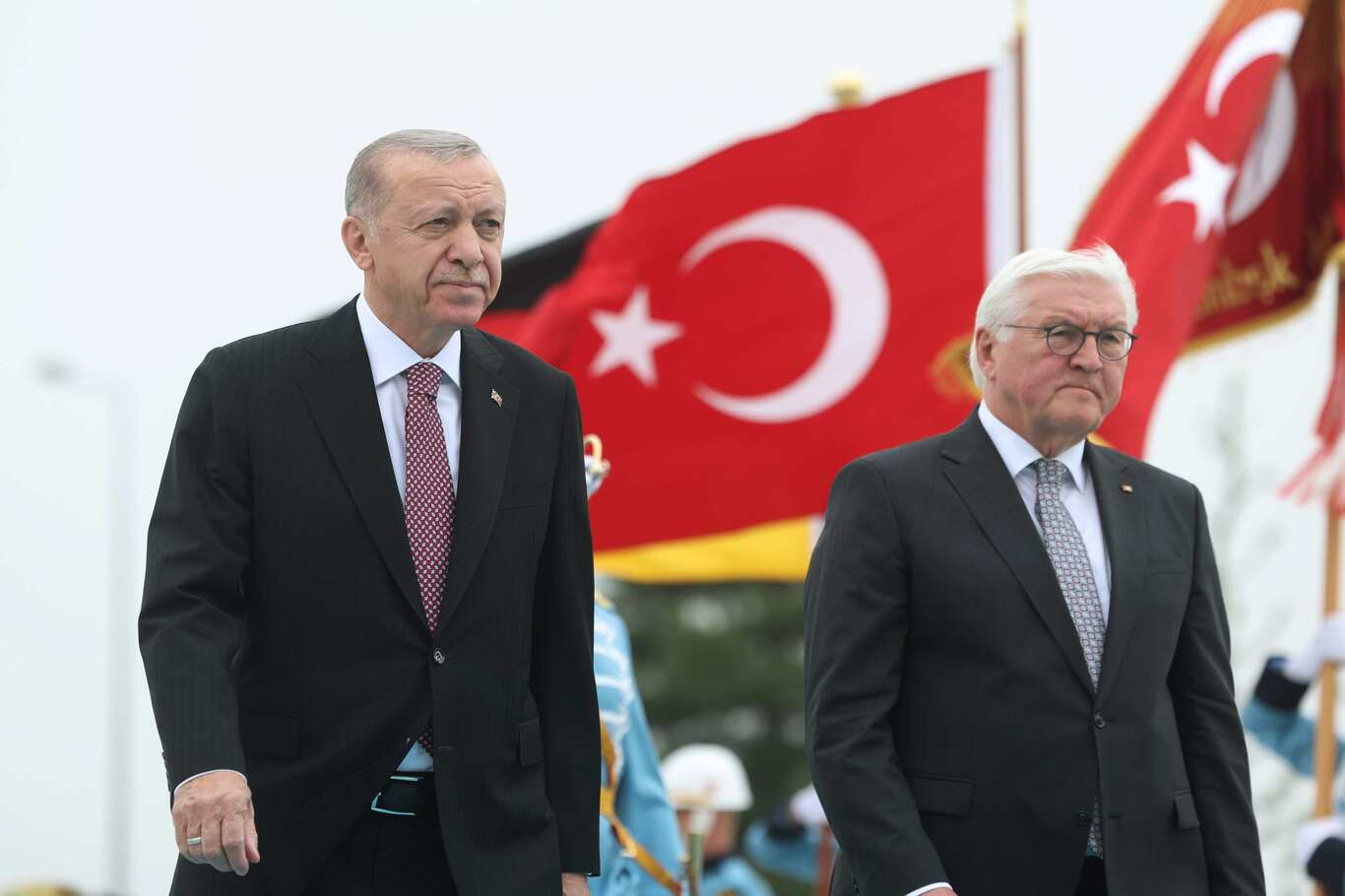The elderly are most happy with their families: Survey
According to the statistics of the year 2018 in Turkiye, the aged population has risen 16 percent in the last 5 years, while the number of aged over 100 years has risen to 5 thousand 202 people.

 Google News'te Doğruhaber'e abone olun.
Google News'te Doğruhaber'e abone olun. While the rate of elderly people declaring that they were happy was declining, the elderly were most happy with their families.
Turkstat announced statistics of elderly for 2018. According to this, the old population increased 16 percent in the last 5 years; the number of people over 100 years old was 5,202.
While the elderly population including 65 years and over was 6,192,962 persons in 2014, it increased by 16% in the last five years and became 7 million 186 thousand 204 persons in 2018.
While the proportion of the elderly population in the total population was 8% in 2014, it increased to 8.8% in 2018. 44.1% of the elderly population was males and 55.9% was females in 2018.
According to the population projections, the proportion of the elderly population was expected to be 10.2% in 2023, 12.9% in 2030, 16.3% in 2040, 22.6% in 2060 and 25.6% in 2080 for Turkiye.
While 60.9% of the elderly population was in the age group of 65-74, 31.4% of it in the age group of 75-84 and 7.7% in the age group of 85 and over in 2014, 62.2% of the elderly population was in the age group of 65-74, 28.6% of it in the age group of 75-84 and 9.2% in the age of 85 and over in 2018.
In 2018, 9.1% of the world population was elderly population. The three countries that had the highest proportion of the elderly population were Monaco with 33.2%, Japan with 28.4% and Germany with 22.4%, respectively. Turkiye was in the 66th rank among 167 countries.
The median age of Turkiye's population increased
The median age, one of the indicators of aging population, was 30.7 in 2014 and 32 in 2018. The median age was 31.4 for males and 32.7 for females in 2018.
According to the population projections, the median age was expected to be 33.5 in 2023, 35.6 in 2030, 38.5 in 2040, 42.3 in 2060 and 45 in 2080.
When a person reached at the age 65, average remaining life span was 17.7 years
According to the results of Life Tables, 2015-2017, life expectancy at birth was 78 years at the total, 75.3 years for men and 80.8 years for women in Turkiye. In general, women live longer than men and the difference in life expectancy at birth was 5.5 years.
In Turkiye for persons at 65 years old, the average remaining life span was 17.7 years for total, 16 years for males and 19.2 years for females.
In other words, for persons at 65 years old, women were expected to live 3.2 years more than men on average. In addition, life expectancy was 10.7 years at 75 years old and 5.9 years at 85 years old.
Elderly dependency ratio was 12.9% in 2018
Elderly dependency ratio means that the number of elderly persons per hundred persons in working age. While the elderly dependency ratio was 11.8% in 2014, this ratio increased to 12.9% in 2018.
According to the population projections, elderly dependency ratio was expected to be 15.2% in 2023, 19.6% in 2030, 25.3% in 2040, 37.5% in 2060 and 43.6% in 2080.
The province with the highest proportion of the elderly population was Sinop
The province that had the highest proportion of the elderly population was Sinop with 18.3% in 2018. This province was followed by Kastamonu with 17.1% and Artvin with 15.7%. The provinces that had the lowest proportion of the elderly population were Şırnak and Hakkari with 3.2%. These provinces were followed by Van and Şanlıurfa with 3.8%.
Number of centenarians was 5 thousand 202
The number of centenarians which constituted 0.1% of the elderly population was 5 thousand 202 in 2018. While the first three provinces that had the highest centenarians were Istanbul with 701 persons, Giresun with 272 persons and Ankara with 263 persons, the first three provinces that had the lowest centenarians were Ardahan and Bayburt with 4 persons, Bartın with 6 persons and Edirne with 7 persons.
The proportion of educated elderly population increased
While the proportion of the illiterate elderly population was 23.9% in 2013, it decreased to 19.6% in 2017.
It was seen that the proportion of the illiterate elderly female population was 4.3 times higher than that of the elderly male population. While the proportion of the illiterate elderly female population was 29.6% in 2017, this proportion was 6.8% for the elderly male population.
When the level of education of the elderly population was examined, it was seen that while 41.2% of the elderly population was a primary school, 4.6% of them was junior high school or equivalent/primary education, 4.9% of them was high school or equivalent, 4.7% of them was higher education graduates in 2013. These proportions increased to 44.5% in primary school, 6% in junior high school or equivalent/primary education, 6.3% in high school or equivalent and 6.2% in higher education graduates in 2017.
When the level of education of the elderly population was examined by sex, it was seen that there was a significant difference between sexes. It was seen that the proportion of the elderly male population was higher than that of the female population at all completed levels of education.
The proportion of widowed elderly males was 12.2%, elderly females were 49.2%
When the elderly population was examined by legal marital status, it was seen that there was a significant difference between sexes. While 1.2% of the elderly male population was never married, 83.5% of them was formally married, 3.1% of them was divorced and 12.2% of them was widowed.
It was seen that 2.5% of the elderly female population was never married, 44.8% of them was formally married, 3.5% of them was divorced and 49.2% of them was widowed in 2018.
The elderly poverty rate was 15.5%
According to the results of income and living conditions survey, while poverty rate calculated by using 60% of equalized household disposable median income was 22.4% for Turkiye in 2013, this rate was 20.1% in 2017. While the poverty rate for the elderly population was 17.9% in 2013, this rate was 15.5% in 2017.
When the poverty of the elderly population was examined by sex, it was seen that while the poverty rate for elderly male population was 17.4% in 2013, this rate was 13.5% in 2017. While the poverty rate for the elderly female population was 18.2% in 2013, this rate was 17% in 2017.
Labor force participation rate was 12.2% for the elderly population
According to the results of the household labor force survey, while the labor force participation rate for the 15-64 age group was 52.8%, this rate was 12.2% for the elderly population in 2017. While this rate was 20.6% for the elderly male population, it was 5.6% for the elderly female population. The unemployment rate of the elderly population was 2.2%.
68.7% of the employed elderly population was in the agricultural sector
According to the results of household labor force survey, when the sectoral distribution of the employed elderly population was examined, it was seen that elderly population was employed in the agricultural sector with 68.7% and services sector with 24.2% in 2017.
Elderly people died from diseases of the circulatory system mostly
According to the causes of death statistics, 45.1% of elderly people lost their lives from diseases of the circulatory system in 2017. This was followed by neoplasm diseases with 16.2% and respiratory system diseases with 14.2%.
When the causes of death were examined by sex, it was seen that the most important difference between sexes was in neoplasm diseases. The proportion of elderly male people died from neoplasm diseases was about twice as high as that of elderly female people. While the proportion of elderly male people died from neoplasm diseases was 21.2%, this proportion was 11.3% for elderly female people.
The proportion of elderly people who die from Alzheimer's disease has increased
According to the causes of death statistics, while the number of elderly people who died from Alzheimer's disease was 8 thousand 797 in 2013, it increased to 13 thousand 601 in 2017. While the proportion of elderly people who died from Alzheimer's disease was 3.6% in 2013, this proportion increased to 4.6% in 2017.
When the proportion of elderly people who died from Alzheimer's disease was examined by sex, it was seen that there was an increase in both sexes. While the proportion of elderly people who died from Alzheimer's disease was 2.9% for males and 4.2% for females in 2013, these proportions increased to 3.6% for males and 5.6% for females in 2017.
The proportion of elderly people who declared themselves as happy decreased
According to the results of the life satisfaction survey, while the proportion of elderly people who declared themselves as happy was 66.1% in 2017, this proportion decreased to 61.2% in 2018. When the general level of happiness was examined by sex, 60.1% of elderly males and 62.1% of elderly females declared themselves as happy in 2018.
Source of happiness for elderly people was their families with 71%
According to the results of the life satisfaction survey, the most important source of happiness for elderly people was their families with 71% in 2018. The second source of happiness for elderly people was their children with 14.4%.
The proportion of elderly people using the Internet increased by 3.4 times
According to the results of information and communication technology usage survey in households and by individuals, while the proportion of elderly people using the Internet in the 65-74 age group was 5% in April 2014, this proportion increased to 17% in April 2018. When the elderly people using the Internet were examined by sex, it was seen that males used the Internet more than females. While the proportion of elderly males using the Internet was 23%, the proportion of elderly females was 11.9% in 2018. (ILKHA)
































